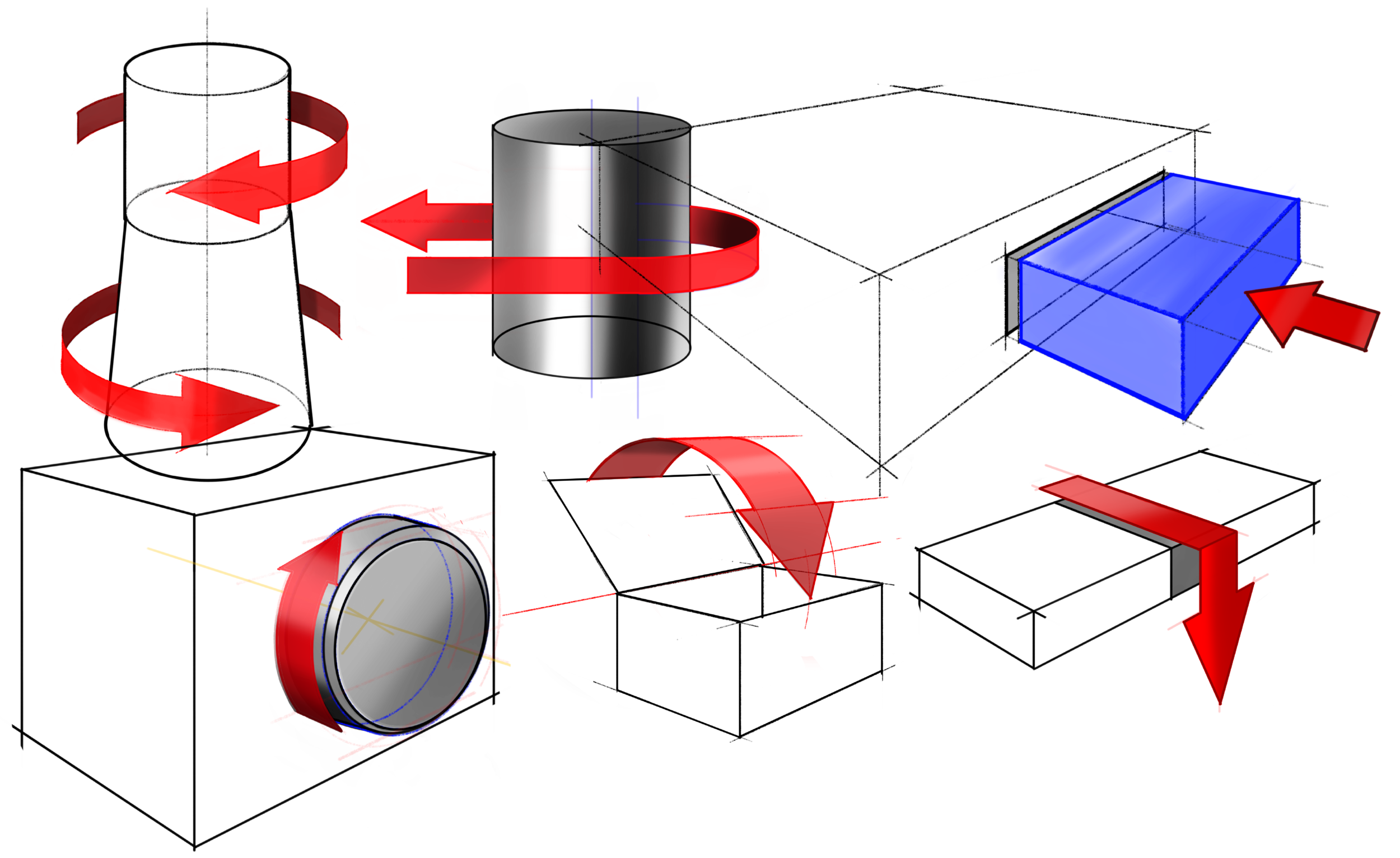Hurdlers are people who find a way around, under, and often over an obstacle directly in their path. Find out what Tom Kelley shares about being a Hurdler - the fourth face of innovation.
Racism in America, manifested in engineering design: A pledge to take responsibility and action
Changes in our systems must happen everywhere, across all industries, and I believe engineers and designers have an important role and responsibility in the U.S’ plight against injustices.
Getting the Most out of Digital Calipers
If your job involves product or part geometry, I believe you should own and use a pair of digital calipers. They are one of the most important measurement tools to access the details of the geometry you’re working with. Even if your job is purely theoretical, it can be helpful to simply use the calipers to visualize the size and scale of features you’re specifying or being asked to work with.
Design in Data Figures: Absolute Versus Relative Scales
The right scale can make all the difference in the world when it comes to appropriate data figures. This is one article in a series of techniques and practices for designing good figures and visualizations.
The Covid-19 Utah Mask: An interview with Michael Horito
As Co-Vid 19 evolved from an epidemic to a pandemic, there was a global shortage of Personal Protective Equipment (PPE). Desperate to help, makers began printing reusable masks in the hope to aid those on the front-lines. Rocketship, a product design firm based in Provo, was one of the many that answered the call. They designed what has become to be known as the "Utah mask". Michael Horito, from Rocketship, talked to us about their efforts.
Two Roads Diverged in a Yellow Wood, And I Took the One Designed Better
We spend a larger portion of our lives in a vehicle than we realize. That doesn’t mean we can forget about design while traveling by car. The lessons for good design can still be found all over our roadways and transportation system. Keeping your eyes on the road can let your eyes see some good design features too.
Dieter Rams: Less but Better
Although design is largely concerned with the future and what we’ll design it to be, it’s valuable to look to the past for inspiration and to quickly learn what might have taken decades for our predecessors to learn.
Design in Data Figures: Dealing with Occlusion
Communication with data figures can be a large part of design. This is the beginning of a series of techniques and practices for designing good figures and visualizations.
Human-Centered Engineering: A Conversation with Professor Nathan Johnson
Editors from the BYU Design Review recently sat down with Professor Nathan Johnson, an associate professor in The Polytechnic School of the Ira A. Fulton Schools of Engineering at Arizona State University, with research areas in global sustainability and systems engineering. Check out a few short passages taken from the interview.
Two Dramatically Different Approaches to Design: From the Art of Innovation
While the book, The Art of Innovation by Tom Kelly, is full of useful anecdotes, principles, and tips, there is one timeless principle that I wish more creative people knew and practiced – especially engineers. It’s related to seeking feedback.
Good Design: The Milwaukee Fastback Utility Knife
Although the knife has been on the market for 10 years, I bought my first one only 3 years ago after seeing a friend rely on his utility knife way more than I relied on mine.
The Third Face of Innovation: The Cross-Pollinator
There are clear benefits of knowing a little about a lot (i.e. breadth) and there are clear advantages of knowing a lot about a little (i.e. depth). Of course, it’s better to know a lot about a lot, but that’s unquestionably difficult to achieve. Cross-Pollinators are generally classified in the former category (breadth) although they often have at least one domain of expertise too.
Learn to Sketch: Part 4
Enhance your sketches with motion arrows, annotations, and dimensions.
3D Printer Filaments: Definitions, Applications, and Tips
Filament is the heart of Fused Deposition Modeling (FDM) 3D printing. The filament is fed into the extruder, heated, and deposited in specific locations layer by layer, eventually giving rise to a functional part that could be used for anything from validating a new design to repairing a Tesla.
Kansei Engineering
Some great ideas come from Japan and Kansei Engineering is one of them. The principles of kansei can make us more sensitive to customers’ emotions and thus more proficient, design engineers.
Sharing your Design Work
Your primary job is to perform good design work, but a close second is to make it easy for other people to understand the work you’ve done. Neither of these is trivial, and neither should be underestimated.
Learn to Sketch: Part 3
As engineers we often need to conceptualize (and sketch) specific geometry such as specific wing shapes, specific gear trains, or a new component that needs to fit in a specific spot on an existing device. In this article, I’ll share a few insights and exercises designed to help you produce sketches of specific geometry, including cross-section sketches, and exploded-view sketches.
Design for the Ordinary
Designing for the ordinary might sound boring but it may be just as important as designing for the extraordinary.
The Library of Babel: From Gibberish to Defined Design
There are an infinite number of possible designs. How can designers choose the right combination of materials, geometries, and processes to achieve the best outcome?
Variety from Vermont and the Valley of Weird
Wildly different ideas, like those coming from Vermont (in the form of Senator Sanders), can be beneficial in designing anything from policies to products even if none of those ideas are ever implemented.



















